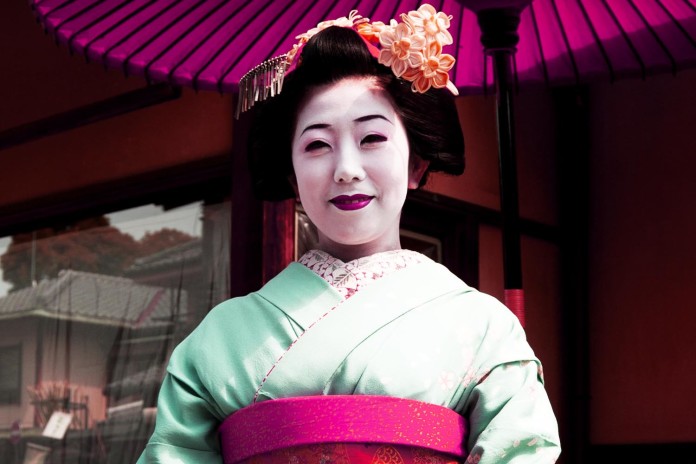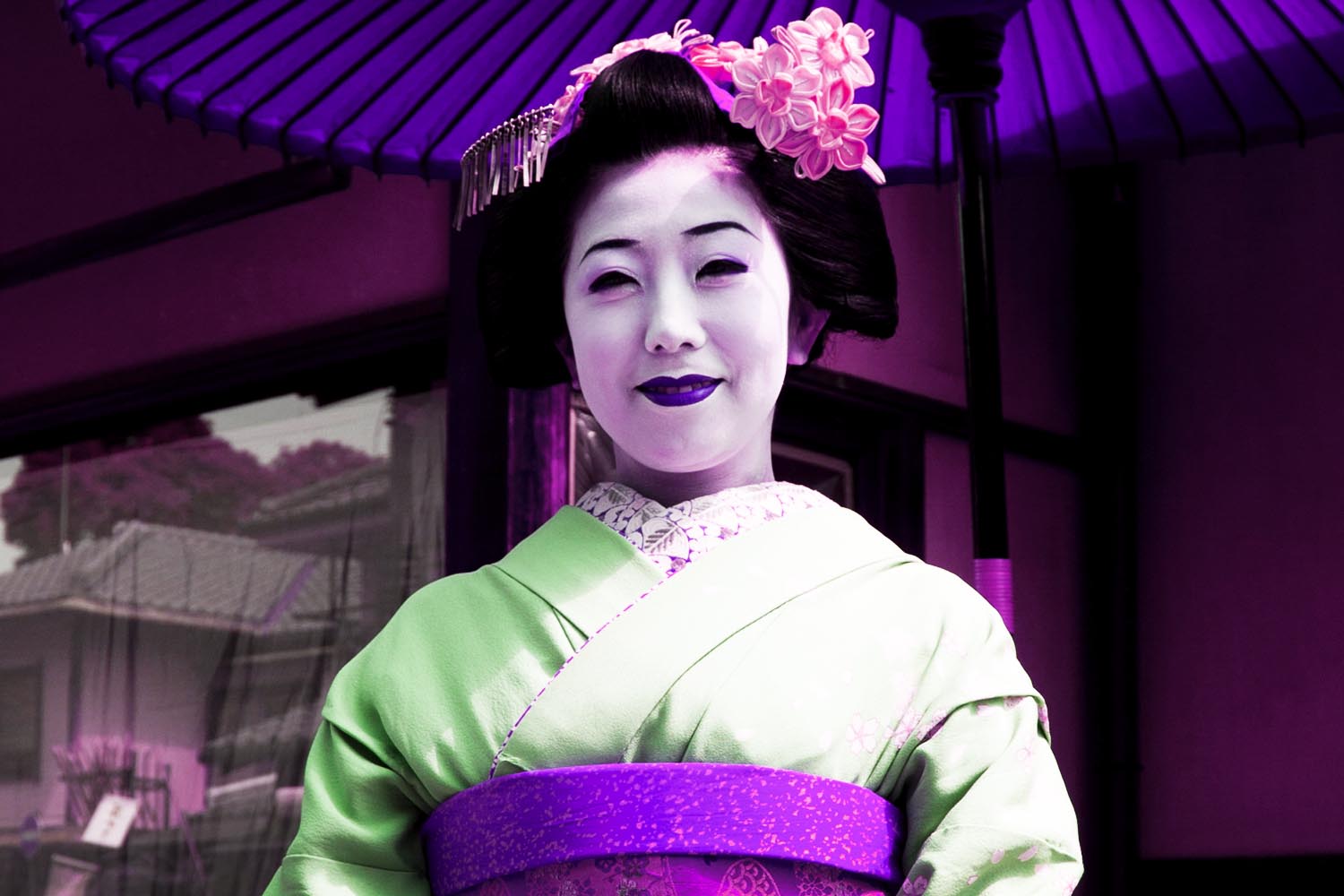
For being the country that single-handedly invented what we know as emojis today, Japan isn’t very fond of them anymore. The first set of emojis came in a handheld by J-Phone, a Japanese telecommunications company that is now called Softbank. It has since the snowballed to becoming the word of the year as chosen by Oxford.
Why Doesn’t Japan Like Emojis Anymore?
Emojis are no longer a trend in Japan, simply because they first surfaced in 1999, which makes them sixteen years old. They’re still used, just not at the rate that the West is using them. The fact that the west was so slow on the uptake was part of the end of the emoji trend, not to mention that Japanese emoji look extremely different.
Japanese emoji started out much simpler, it was a simple emoticon that required no graphic transfer information. Since they were text-based, it required very little for the information to be transferred, so even very slow connections could manage. The use of these emoticons spread out until it became a form of expression in and of itself, much like it is in Western countries now.
iPhone Lost Sales in Japan For Not Supporting Emoji
When the first iPhone came out in 2008, many Japanese buyers were disappointed that it did not come with an emoji keyboard. This caused a lot of Japanese people to be discouraged from buying them. It reached such heights that Google and Apple both set out to design a way for emoji to be used in a widespread manner. Japan insisted that ’email is not email without emoji in our country’.
Ironically enough, the hustle for Apple and Google to bring what we now know as the emoji is exactly why they aren’t popular in Japan anymore. The current emoji keyboard is considered to be less cute than the standard Japanese keyboard emoji. The standard keyboard, however, is still featured in certain Android phones. It just deviated from the original concept behind emoji.
The Point Was that Emoji Were Standardized, Not Stylistic
The current emoji keyboard is too specific in its design. There’s a lot of Japanese culture that is ambiguous. Characters are often expressionless, a mixture of two things and you still don’t know which is which. Androgynous characters are all too common, but they still remain unique. The current emoji keyboard is gendered, all expressions are straight-forward and leave nothing to interpretation. So Japan moved on. The latest hype in Japan is Line, a messenger that bases its emoticons on stickers and not emoji.


















